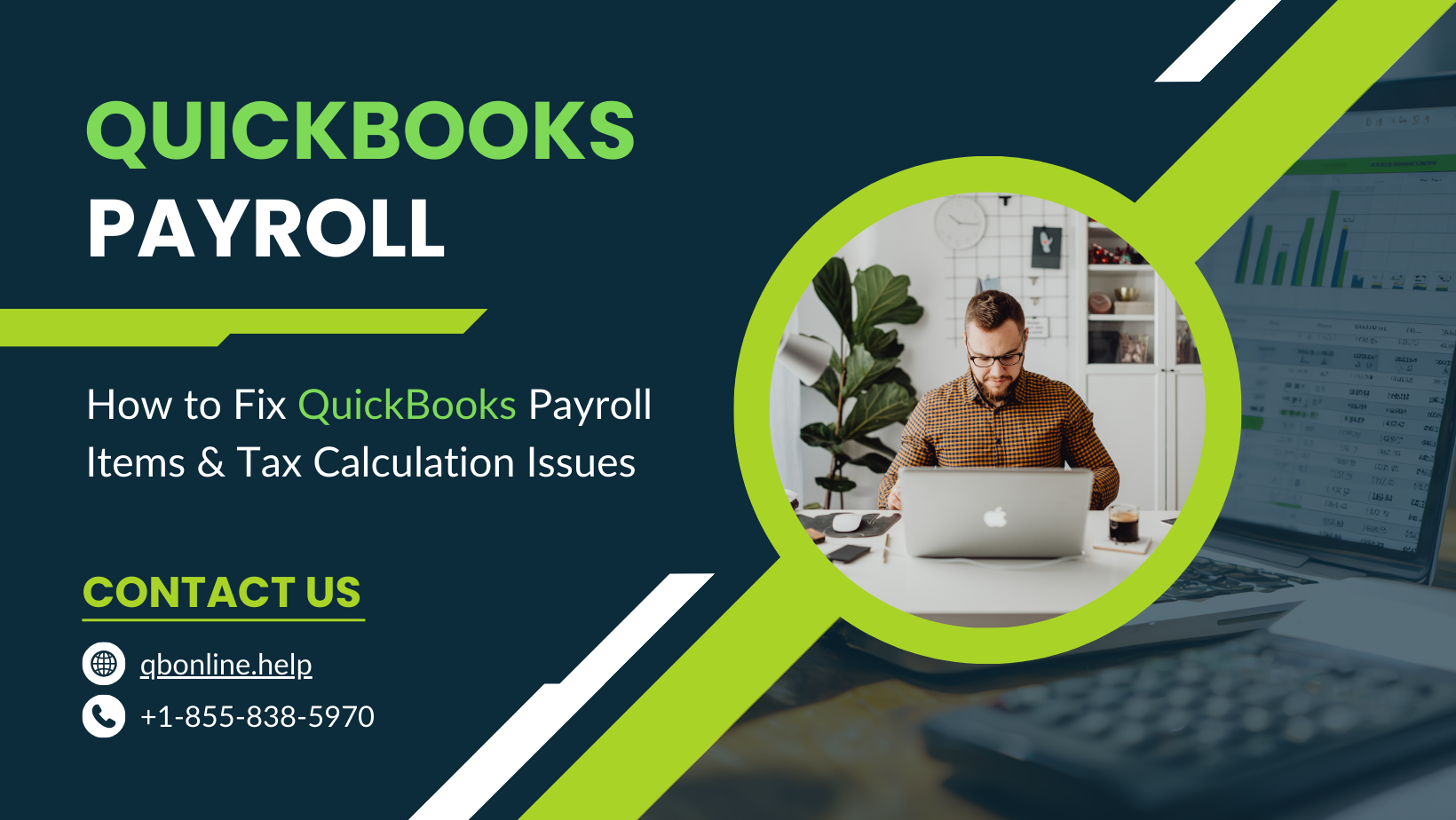QuickBooks Online (QBO) is an essential tool for many businesses, providing comprehensive solutions for managing finances, invoicing, payroll, and more. One of the most powerful features of QuickBooks Online is the ability to use tags. Tags are customizable labels that you can attach to transactions to categorize and track expenses and income in ways that are meaningful to your business.
Tags allow for a more flexible and granular approach to categorizing transactions compared to traditional methods like classes or categories. They enable you to filter and generate reports based on these tags, providing deep insights into specific areas of your business.
Benefits of Using Tags
Tags offer numerous benefits to businesses, including:
- Enhanced Organization: Tags help in organizing transactions more precisely. You can use them to track expenses by project, location, event, or any custom category you need.
- Detailed Reporting: By tagging transactions, you can generate detailed reports that give you a clear picture of your business’s financial health in specific areas.
- Customizable Tracking: Unlike predefined categories, tags are fully customizable. This flexibility allows you to tailor your tracking to fit your business’s unique needs.
- Improved Decision Making: With detailed and customizable reports, you can make better-informed decisions based on specific segments of your business.
- Simplified Tax Preparation: By categorizing transactions with tags, you can streamline the process of preparing for taxes, ensuring that all relevant expenses are accounted for.
Must Read:- Use Split Screen View in QuickBooks Online
Setting Up Tags in QuickBooks Online
Setting up tags in QuickBooks Online is a straightforward process. Here’s a step-by-step guide to get you started:
Step 1: Accessing the Tags Feature
- Login to QuickBooks Online: Begin by logging into your QuickBooks Online account.
- Navigate to the Tags Section: Go to the left-hand navigation menu and select the “Banking” tab. Under this tab, you will find the “Tags” option. Click on it to enter the tags management section.
Step 2: Creating Tags
- Create a New Tag Group: Click on the “Create tag group” button. Tag groups help you organize related tags. For example, you might have a tag group for “Projects” with tags for each specific project.
- Name Your Tag Group: Enter a name for your tag group and click “Save.”
- Add Tags: Within your new tag group, click on the “Add tag” button. Enter the name of your tag (e.g., “Project Alpha”) and click “Save.”
Step 3: Applying Tags to Transactions
- Open a Transaction: Open the transaction you want to tag. This could be an expense, income, or any other type of transaction.
- Tag the Transaction: In the transaction details, you will see a field labeled “Tags.” Click on this field and select the appropriate tag from the dropdown menu.
- Save the Transaction: After selecting the tag, save the transaction.
Best Practices for Using Tags
To maximize the effectiveness of tags in QuickBooks Online, consider the following best practices:
- Consistency is Key: Be consistent in how you apply tags. This ensures that your reports are accurate and meaningful.
- Keep It Simple: Avoid creating too many tags or overly complex tag structures. Simplicity makes it easier to manage and use tags effectively.
- Review and Clean Up Regularly: Periodically review your tags and tag groups to ensure they are still relevant. Remove or consolidate tags that are no longer needed.
- Train Your Team: If multiple people are entering transactions, make sure everyone understands how to use tags properly. This avoids discrepancies and maintains consistency.
- Use Tags for Tracking Specific Goals: Use tags to track specific goals or projects. For example, you can tag all expenses related to a particular marketing campaign to see its total cost and impact.
Generating Reports with Tags
One of the most valuable aspects of using tags is the ability to generate detailed reports. Here’s how you can create reports based on tags:
Step 1: Accessing the Reports Section
- Navigate to Reports: From the left-hand navigation menu, select the “Reports” tab.
- Find the Tags Report: In the search bar, type “Tags” to find reports related to tags. Select the report that best fits your needs, such as “Transaction List by Tag Group.”
Step 2: Customizing the Report
- Customize Report Parameters: You can customize the report by adjusting parameters such as date range, tag group, and specific tags. This allows you to filter the report to show exactly what you need.
- Run the Report: Click the “Run Report” button to generate your customized report.
Step 3: Analyzing the Report
- Review the Data: Analyze the report to gain insights into your tagged transactions. Look for trends, such as high expenses in certain areas or revenue generated from specific projects.
- Export if Needed: If you need to share the report, you can export it to PDF or Excel by clicking the “Export” button.
Examples of Tag Usage
To help illustrate how tags can be used effectively, here are a few examples:
Example 1: Project Tracking
A construction company might use tags to track expenses and income for different projects. They could create a tag group called “Projects” and add tags for each active project (e.g., “Project A,” “Project B”). By tagging all transactions related to a specific project, they can easily generate reports to see the total cost and profitability of each project.
Example 2: Event Management
An event planning company could use tags to track expenses and revenues for each event they manage. They might create a tag group called “Events” with tags for each event (e.g., “Wedding Event,” “Corporate Event”). This allows them to track the financial performance of each event separately.
Example 3: Marketing Campaigns
A marketing firm might use tags to track expenses for different marketing campaigns. They could create a tag group called “Campaigns” and add tags for each campaign (e.g., “Summer Sale 2024,” “New Product Launch”). By tagging expenses and revenues associated with each campaign, they can analyze the ROI of their marketing efforts.
Integrating Tags with Other QuickBooks Features
Tags in QuickBooks Online can be integrated with other features to enhance their utility. Here are some ways to do this:
Tags and Classes
While tags provide a flexible way to categorize transactions, classes offer a more structured approach. You can use both features in conjunction to get a more detailed view of your finances. For example, you might use classes to categorize expenses by department and tags to track specific projects or campaigns within those departments.
Tags and Locations
If your business operates in multiple locations, you can use tags alongside the locations feature in QuickBooks Online. This allows you to track expenses and revenues not only by location but also by specific projects or events within each location.
Tags and Custom Fields
QuickBooks Online allows you to create custom fields for transactions. You can use these fields in combination with tags to add even more granularity to your tracking. For instance, you might use a custom field to track a specific aspect of a project (e.g., phase or stage) and tags to categorize the overall project.
Troubleshooting Common Issues with Tags
While using tags in QuickBooks Online is generally straightforward, you might encounter some issues. Here are solutions to common problems:
Issue 1: Tags Not Appearing in Reports
Solution: Ensure that the transactions have been correctly tagged. Double-check the tag selection and make sure the tags are part of the report’s filter criteria.
Issue 2: Difficulty in Managing Large Numbers of Tags
Solution: Regularly review and consolidate tags. Consider combining similar tags or archiving tags that are no longer needed.
Issue 3: Tags Not Being Used Consistently
Solution: Train your team on the importance of using tags consistently. Create clear guidelines on how and when to use specific tags.
Advanced Tips for Using Tags
For users who want to take full advantage of tags, here are some advanced tips:
Using Tags for Budgeting
You can use tags to create budgets for specific projects or campaigns. By tagging transactions and comparing them against your budget, you can monitor spending and ensure you stay within your financial limits.
Automating Tagging with Rules
QuickBooks Online allows you to create rules for transactions. You can set up rules to automatically apply certain tags to transactions that meet specific criteria. This automation saves time and ensures consistency.
Combining Tags with Other Analytical Tools
If you use external analytical tools, you can export tagged transaction data from QuickBooks Online and import it into your preferred tool. This allows for deeper analysis and integration with other data sources.
Conclusion
Tags in QuickBooks Online provide a flexible and powerful way to categorize and track your business transactions. By setting up and using tags effectively, you can gain valuable insights, enhance your financial reporting, and make more informed business decisions. Whether you’re a small business owner or part of a larger organization, leveraging tags can help streamline your financial management and improve overall efficiency.
If you need further assistance or have specific questions about using tags in QuickBooks Online, you can reach out to QuickBooks Online support at toll-free number +1-855-838-5970. They offer comprehensive support to help you make the most of this feature and any other QuickBooks functionalities.
Classes and tags in QuickBooks Online serve different purposes for categorizing and tracking transactions:
Classes: Classes are used to track income and expenses by segments such as departments, locations, or product lines. They provide a structured way to organize your financial data and are ideal for higher-level tracking and reporting.
Tags: Tags offer a more flexible and customizable way to categorize transactions. You can create tags for virtually any aspect of your business, such as projects, events, or campaigns. Tags are not hierarchical and allow for more granular tracking compared to classes.
Tags in QuickBooks Online are customizable labels you can attach to transactions to categorize and track expenses and income according to your specific needs. They provide flexibility in organizing financial data beyond traditional categories and classes.
How to Use Tags:
1. Create Tag Groups: Navigate to the “Banking” section, select “Tags,” and click “Create tag group.” Name your tag group (e.g., Projects, Events).
2. Add Tags: Within your tag group, click “Add tag” to create specific tags (e.g., Project Alpha, Corporate Event).
3. Apply Tags to Transactions: When entering a transaction, select the appropriate tag from the “Tags” field to categorize the transaction.
4. Generate Reports: Use tags to filter and customize reports, providing insights into specific areas of your business.
To run a report in QuickBooks Online using tags:
1. Navigate to Reports: Go to the left-hand navigation menu and select the “Reports” tab.
2. Find Tag-Related Reports: In the search bar, type “Tags” to find available tag-related reports, such as “Transaction List by Tag Group.”
3. Customize the Report: Adjust the report parameters like date range, tag group, and specific tags to tailor the report to your needs.
4. Run the Report: Click “Run Report” to generate your customized report. Review and analyze the data for insights.
Yes, you can tag journal entries in QuickBooks Online. When creating or editing a journal entry, you will find the “Tags” field where you can select and apply the relevant tags. This allows you to categorize journal entries just like any other transaction, making it easier to track and report specific financial activities.
Yes, tags can be added to Rules in QuickBooks Online. When setting up or editing a bank rule, you can specify tags to be automatically applied to transactions that meet the rule’s criteria. This automation helps ensure consistency and saves time by reducing the need for manual tagging.
You can identify untagged transactions and batch add tags to them in the “Tags” section under the “Banking” tab. QuickBooks Online provides an option to filter transactions to show those that are untagged. From there, you can select multiple transactions and apply tags to them in batches, streamlining the process of categorizing your financial data.
To see the number of tags and tag groups created in QuickBooks Online, navigate to the “Tags” section under the “Banking” tab. Here, you will find a list of all your tag groups and tags. The interface displays the count of tags within each tag group, providing a clear overview of your tagging structure.



